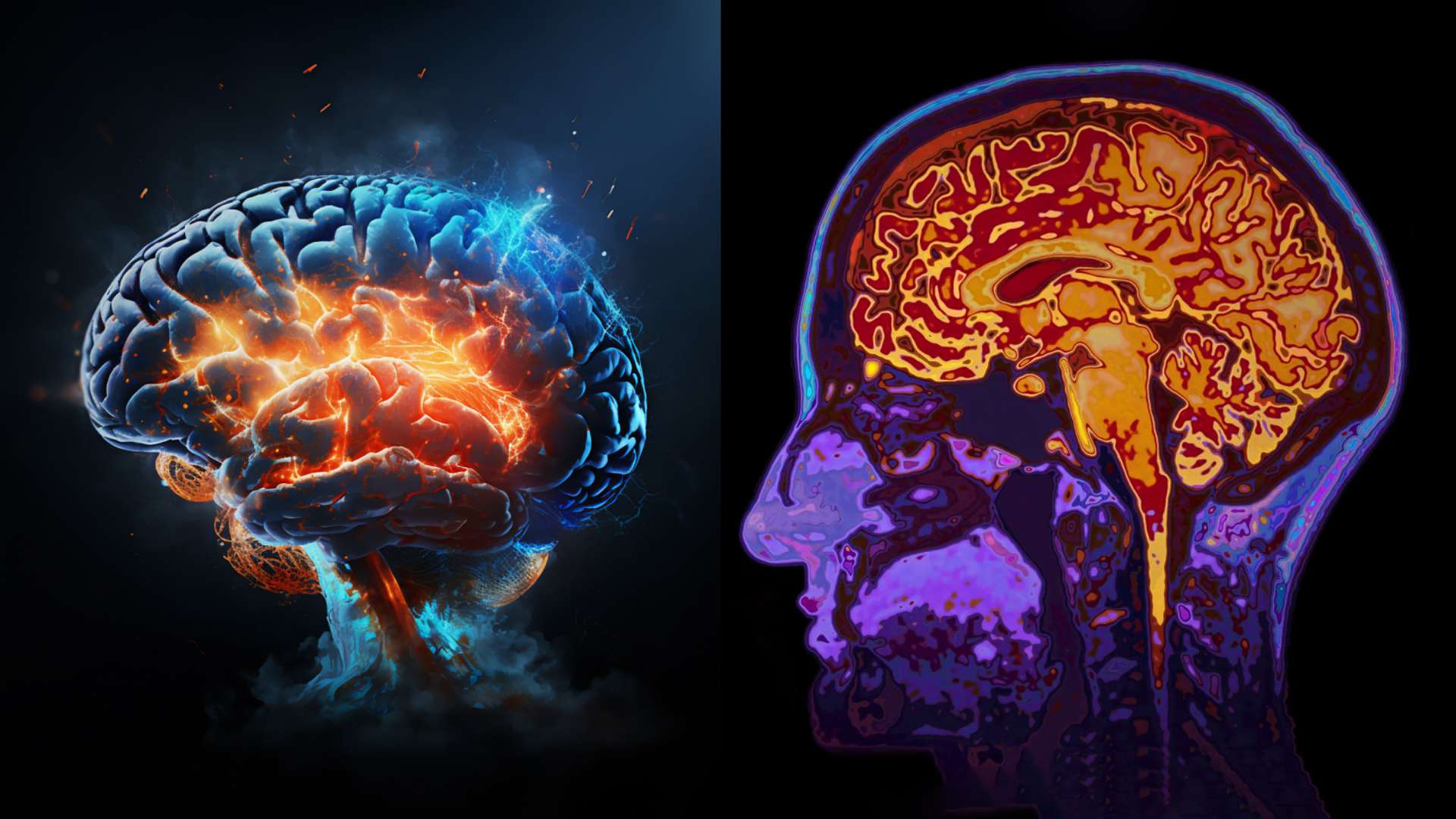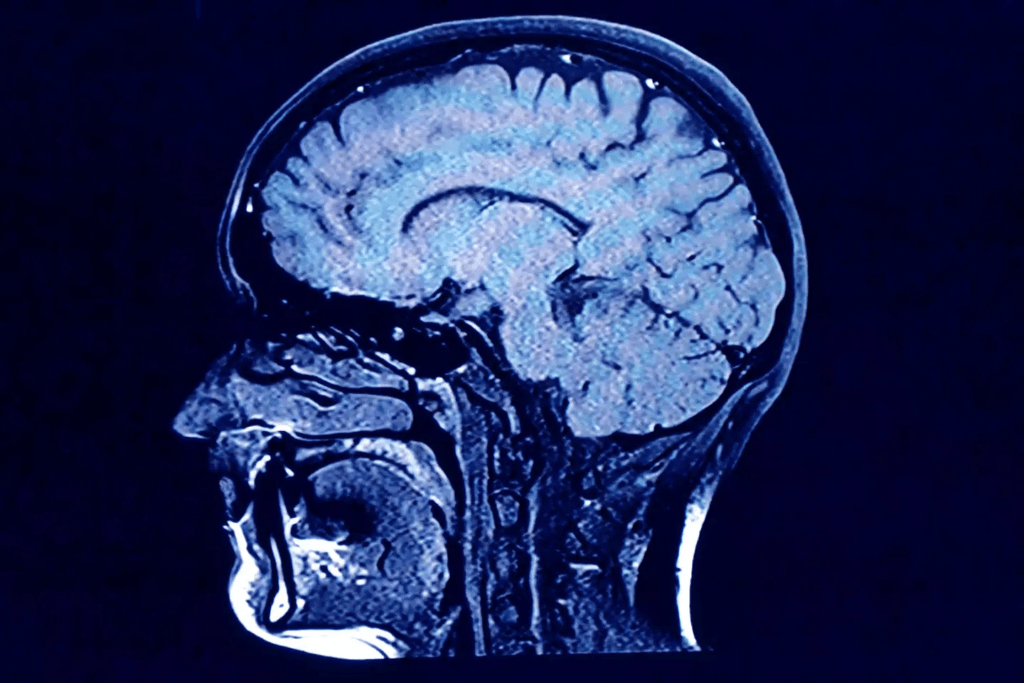What Happens to Your Brain as You Die? New Study Reveals Fascinating Insights

A New Look at the Human Brain in the Dying Process
When someone passes away, the image most of us have is that their brain simply “shuts down.” The idea that the brain immediately stops functioning as death occurs is something many take for granted. However, recent research has revealed astonishing findings that suggest a different story.
In a groundbreaking study, scientists from the University of Tartu in Estonia explored what happens to the human brain in the moments surrounding death, and what they discovered may change how we understand the end of life. This revelation doesn’t just challenge our perceptions of death—it could have profound implications on the way we think about organ donation, near-death experiences, and the very nature of life itself.
The Study: Exploring the Brain as It Dies
In 2022, a team of neuroscientists led by Dr. Raul Vicente set out to observe and record the brain activity of a patient who suffered from epilepsy. The patient, under continuous observation with electroencephalography (EEG), was being monitored to detect any seizures before they occurred.
Unfortunately, during the monitoring process, the patient experienced a fatal heart attack. This tragic event, however, provided the team with a rare and invaluable opportunity: to study the brain in the final moments before death.
Dr. Ajmal Zemmar, a neurosurgeon at the University of Louisville in the U.S., spearheaded the analysis, focusing on the brain’s electrical activity during the critical period just before and after the heart stopped beating. The findings were both astonishing and eye-opening.

Unveiling the Brain’s Activity Near Death: A Surprising Discovery
The research team monitored a total of 900 seconds (about 15 minutes) of brain activity around the time of death. Their primary focus was the 30 seconds surrounding the heart’s final beat. What they discovered was unlike anything they expected.
Dr. Zemmar noted, “Before and after the heart stopped working, we observed significant changes in neural oscillations—specifically in gamma, delta, theta, alpha, and beta brainwaves.” These oscillations, or rhythmic patterns of brain activity, are usually associated with mental functions such as memory retrieval, concentration, dreaming, and meditation.
This discovery raised intriguing questions: Could the brain be “replaying” memories or experiences as death approaches? Could this be why people often report vivid, life-recalling experiences during near-death events?
The Types of Brain Oscillations and Their Importance
The brain’s electrical activity is organized into different oscillations, each linked to distinct mental states. The most notable oscillations observed during the study were:
- Gamma Waves: These are the fastest brainwaves and are active during moments of intense focus, problem-solving, and dreaming.
- Delta Waves: These are the slowest waves and are typically present during deep sleep.
- Theta Waves: Associated with light sleep, relaxation, and deep meditation.
- Alpha Waves: Typically seen when you’re awake but in a relaxed state, such as when meditating.
- Beta Waves: Associated with active thought and concentration.
Gamma waves, in particular, stood out in the study. They are known to play a significant role in memory recall and awareness. Dr. Zemmar pointed out that the presence of gamma oscillations could suggest that the brain may be “retrieving memories” as part of its final moments, potentially offering an explanation for the often-reported phenomenon of a “life flashing before your eyes.”
This supports the theory that the brain might play a final, reflective role in revisiting key life experiences or memories—similar to what people report experiencing during near-death episodes.
The Role of Memory in Near-Death Experiences
A significant aspect of near-death experiences (NDEs) is the sensation of a life review, where people often report vivid memories of their most meaningful life moments. These life flashbacks typically happen when someone is on the brink of death, leading some to speculate that the brain plays a part in organizing these recollections.
The study suggests that the gamma oscillations observed in the patient’s brain could be tied to the recollection of memories. This connection might offer a more scientific explanation for the common phenomenon of life reviews during near-death experiences.
For more on near-death experiences and the science behind them, check out this article on NDEs.
The Philosophical and Medical Implications
Dr. Zemmar’s research has profound implications not only for our understanding of death but also for the medical field. One of the most thought-provoking conclusions drawn from the study is how it challenges our perceptions of when life actually ends.
Many people have assumed that life ends the moment the heart stops. However, the discovery that the brain remains active, even after the heart ceases to beat, calls into question how we define the precise moment of death. These findings could alter how medical professionals approach end-of-life care, brain death determinations, and organ donation procedures.
For those involved in organ donation, this research may influence the timing of interventions. Organ donation is a critical issue, and understanding how long the brain remains functional after death could impact how organs are harvested and transplanted.

A Personal Reflection: The Emotional Toll of Loss
While the study’s results are scientifically intriguing, they also carry a deeply human element. Dr. Zemmar reflected on the emotional challenges of delivering news of a loved one’s passing. “As a neurosurgeon, I deal with loss at times,” he shared. “It is indescribably difficult to deliver the news of death to distraught family members.” The weight of such moments cannot be overstated, as families often struggle to process the reality that their loved one is no longer present.
Yet, amidst the sorrow of loss, this study offers a glimpse of comfort. The thought that the brain may continue to function in those final moments—possibly revisiting memories of joy, love, and significant life experiences—adds a layer of beauty to the process of passing. While it may not change the grief felt by families, knowing that a person’s brain may be reliving treasured memories could provide some solace, offering a peaceful thought in an otherwise heart-wrenching situation.
This research, though complex, may allow us to approach death with a deeper understanding and perhaps a greater sense of peace, knowing that the mind doesn’t simply shut off in an instant. Instead, it may gently transition, reflecting on the life lived.
Final Thoughts: Life, Death, and the Brain’s Final Act
While more research is undoubtedly needed, this study opens up a whole new realm of possibilities in understanding death. Rather than seeing death as an instantaneous end, it appears the process is much more complex, involving an intricate orchestration of brainwaves and memory retrieval.
As scientists continue to probe the mysteries of the human brain, this study offers a glimpse into the deeper questions of existence, life, and what truly happens at the end of it all. We may never have all the answers, but this groundbreaking research gives us a profound insight into the final moments of life, suggesting that the brain may continue its activity—perhaps even reliving treasured moments—long after the heart stops.
For more information on brain activity and the science behind death, explore these helpful articles.
Key Takeaways:
- Brainwaves at the Time of Death: The study found that brainwaves, especially gamma oscillations, are active as a person dies.
- Implications for Organ Donation: The continued activity of the brain after death may affect when organs are harvested.
- The Near-Death Experience: This research could explain the “life flashing before your eyes” phenomenon during near-death experiences.
By expanding on the science behind the research, and including hyperlinks to other relevant resources, this blog is not only more comprehensive but also easier for readers to engage with and share.
Featured Image Credit: Getty Stock Images






